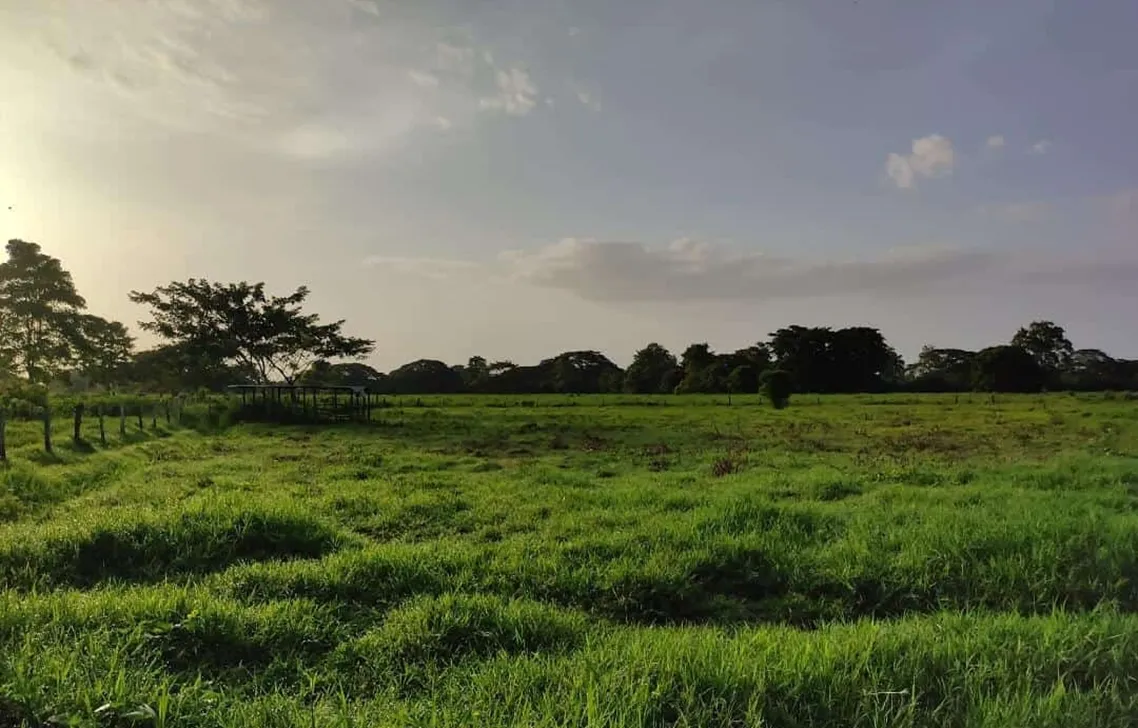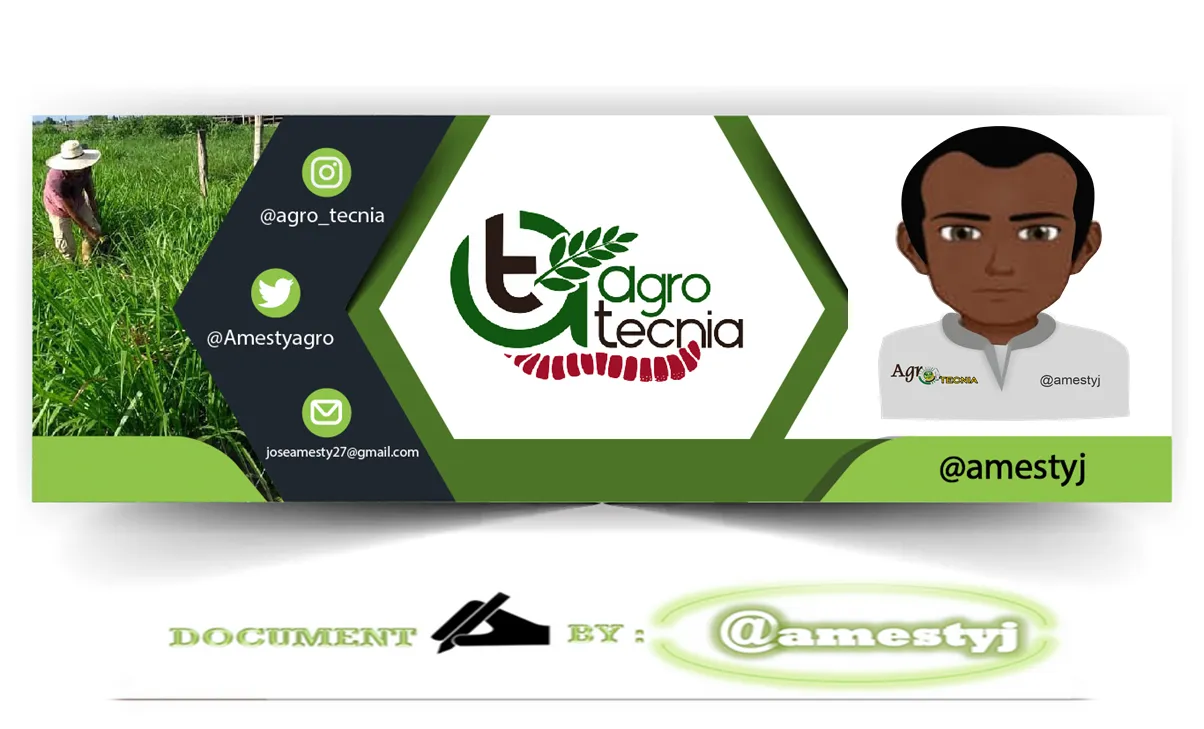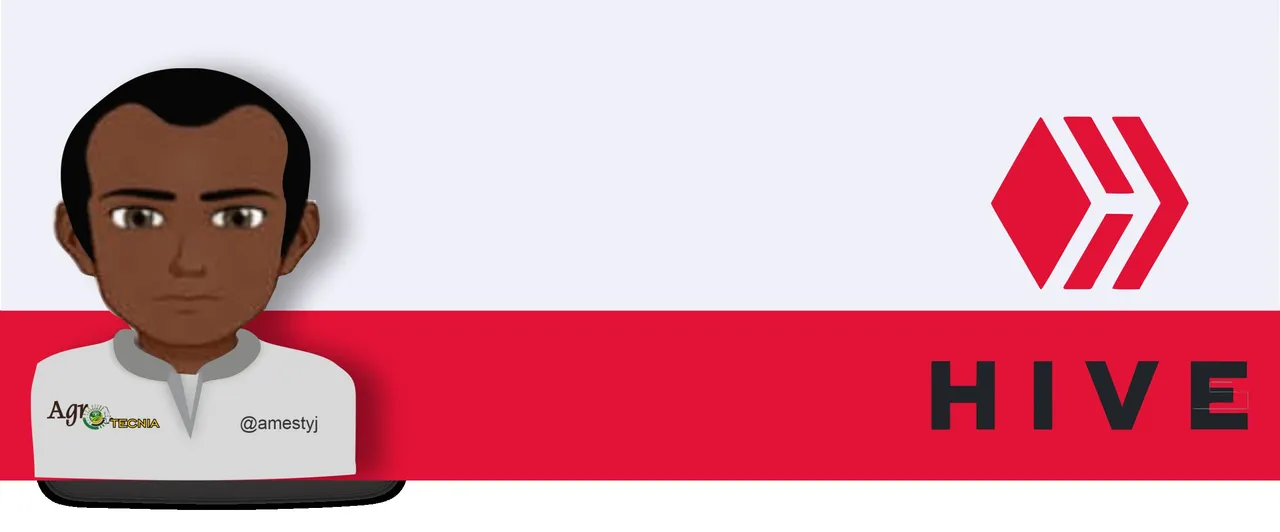Due to the low yields and quality presented by some native species of grasses and forages, there is a tendency on the part of producers to change them for new species and introduced varieties with good qualities in terms of yield and quality. There is a need to increase the production of milk and meat. Choosing the right grass species for your field is crucial to ensure the success of your meadow or livestock farming. A well-selected grass will give you higher yield, nutritional quality and resistance to the climatic and soil conditions of your region.

There are factors that influence the yield and quality of grasses, soil and climatic factors have a great influence on the ecosystems where grasses grow and develop, that's why it's important to consider them before establishing any type of forage species. In addition to this, there are also other factors, below, we will mention some of the factors that have incidences in these crops.
- Climate: among the climatic elements that should be considered when choosing and establishing a type of pasture, firstly, precipitation because water is a fundamental element for the metabolic processes of plants, if there are intense periods of drought in the geographical area it is important to choose a species that has a certain tolerance to this type of climatic phenomena. In addition, high temperatures in tropical species with warm climates can generate an increase in fiber levels, therefore, management should be optimal in terms of rest days in order to provide quality pasture.
- Soil: the soil is the basis of all crops, therefore, the grass does not escape from this reality, therefore, it is important to know the texture of the soil that the agroecosystems has, that is, whether they are sandy, clayey or loamy soils, as an example, we can mention the southern area of Lake Maracaibo Venezuela place where we are, since, in our area there are clay loamy soils, that is, they present the three textures, but in greater quantity the clSoil: the soil is the basis of all crops, therefore, the grass does not escape from this reality, therefore, it is important to know the texture of the soil that the agroecosystems has, that is, whether they are sandy, clayey or loamity.

- Use: in this case it is good to know in advance what use the species will have in the livestock production unit, since it can be for grazing, that is, for the animals to eat directly on the surfaces or for cutting, which consists of species that can be cut and supplied fresh or preserved to the animals in the cowgirls.
- Management: an aspect that cannot be missing, if the pasture that the producer chose was established well on the farm, now everything will depend on the management that he supplies to the pasture, this can be agronomic such as fertilization, irrigation, pest and weed control as well as zootechnical consisting of how the animals will be handled on the surface, taking into account rest days, occupation days, cutting height, supply, animal load among others.
| Final considerations |
|---|
Dear readers the aforementioned factors are some of those that can be considered however if you want to make a good choice of grass on your farm, you can consult a specialist who is in your geographical area may be an agronomist or agricultural technician will advise you on the best options for your area and specific needs. You can also research about the varieties of grasses available since there are numerous species of grasses with different characteristics. It compares their performance, nutritional value, resistance to pests and diseases among other aspects.
Remember that selecting the right grass species is a long-term investment that will allow you to obtain greater benefits from your forage area. Therefore, monitor the forage surface, observe the growth and development of the pastures, and make adjustments to the management if necessary.
| Bibliographic references |
|---|
- Duran, F. (2009). Cultivation of grasses and forages. The Latino Editors. Bogota: Colombia.

Sources
- Photography and images:All photographs and images are the property of the author @amestyj
- Agrotecnia banner: made by the author @amestyj with own images
- Hive Banner: Designed by the author @amestyj with image owned by hive.


